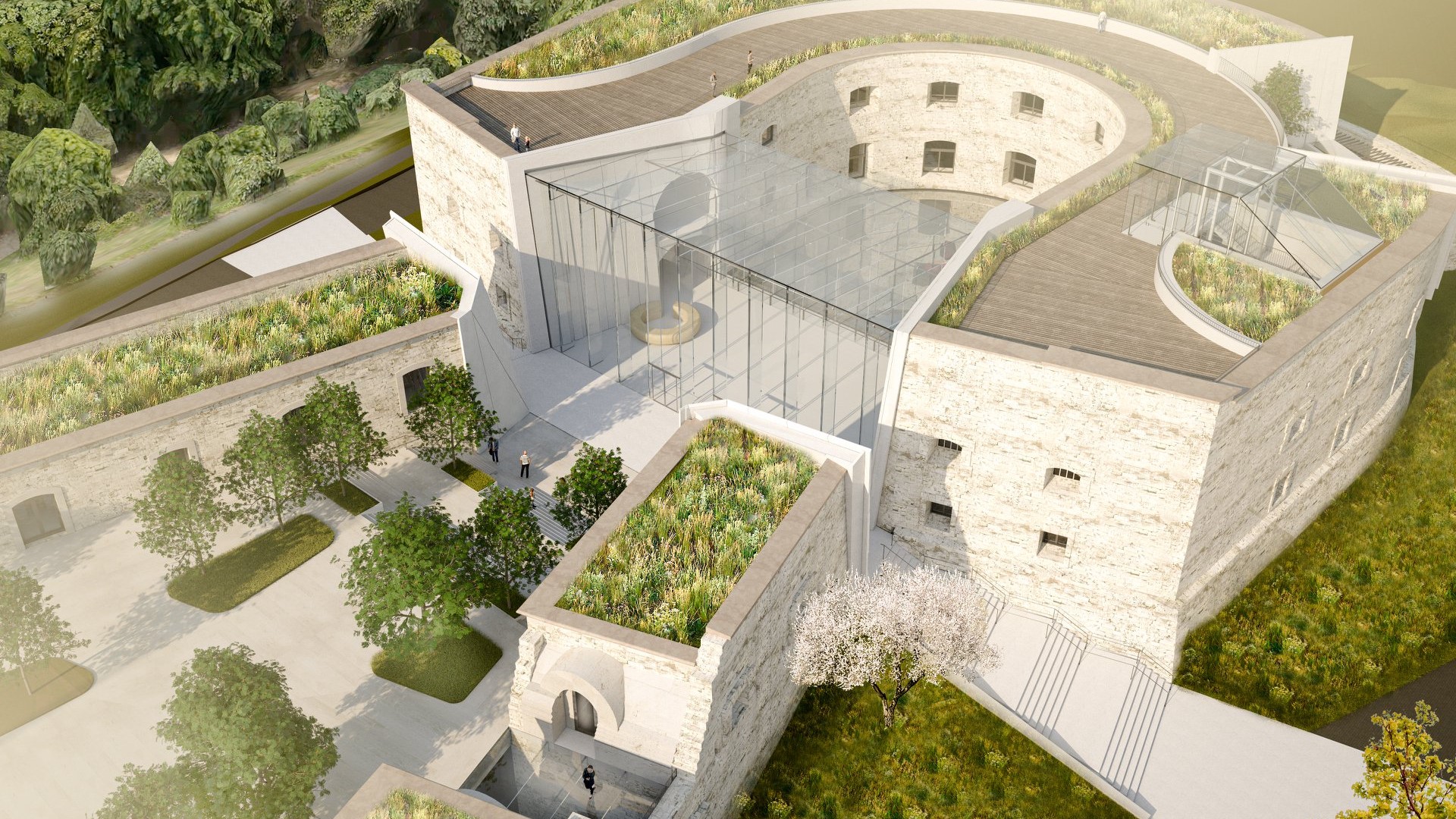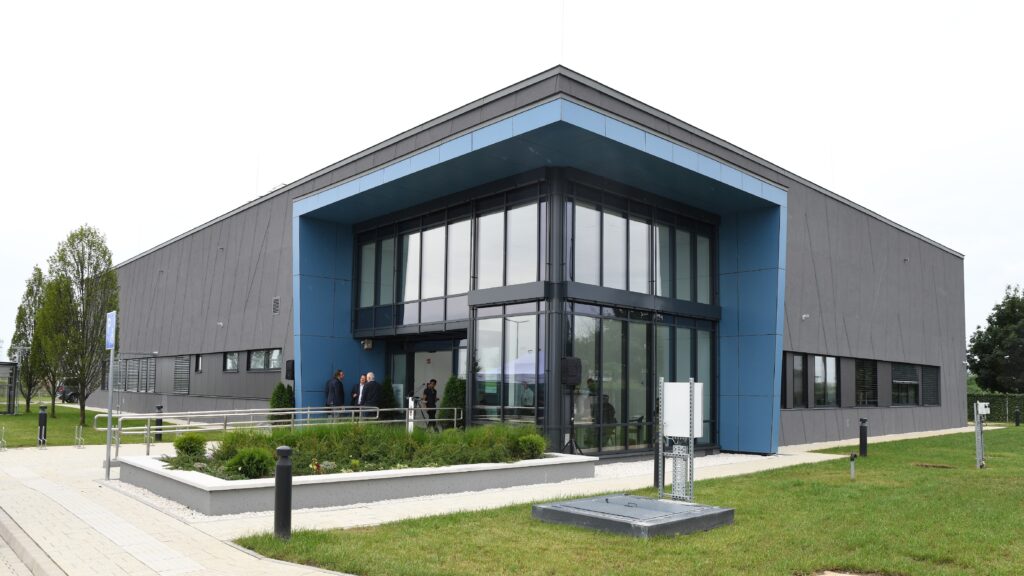The Citadel, declared a UNESCO World Heritage site in 1987, has deteriorated significantly over recent years, becoming both dangerous and aesthetically unappealing in its current state. The National Hauszmann Programme has initiated its renovation in multiple phases, with completion planned for 2026. At that time, an exhibition titled Bastion of Freedom will also open on-site.
The long-neglected and dilapidated Citadel’s renovation has begun, addressing a decades-old debt to Budapest’s historical heritage, the National Hauszmann Programme announced on Facebook. The project aims to restore one of the capital’s most impressive sites for public enjoyment, where both locals and foreign tourists can spend their time meaningfully.
The renovation process began with assessing the area’s condition and conducting archaeological excavations. Currently, the reconstruction of the Citadel’s exterior and interior walls is underway in several stages, while the restoration of the inner courtyard is also in progress. As part of the development, green spaces will increase by one and a half times, and a new public park will be created within the fortress walls.
One of the most striking elements of the work has been the opening of the walls on the northern and southern sides. Since 15 March 2022, Hungary’s largest national flag has adorned the Citadel, commemorating the heroes who gave their lives for Hungarian independence. Behind the Liberty Statue, a new, impressive staircase is being constructed, providing direct access to the fortress’s park. In the cannon tower, the exhibition titled Bastion of Freedom is being prepared, showcasing Hungary’s struggles for freedom. The exhibition is being designed by the Art1st Design Ltd, which has assembled a wide-ranging expert team, including historians, museum educators, and scriptwriters.
Parallel to the Citadel’s renovation, the restoration of the long-neglected group of statues has also started. The monument has been scaffolded, enabling the assessment, exploration, and diagnostic work on the pedestal and statue. Experts are repairing stone defects, weather erosion, and replacing and restoring stone elements. In addition, the statues’ surfaces are being cleaned, the fastening screws inspected, and cracks repaired. Metal restorers are currently replacing internal structural joints and cleaning the external surfaces.
A cross will be placed on the pedestal, symbolizing the 1100 years of Hungarian statehood, Western Christianity, and European culture.
Originally designed by Stalinist architect Boris Iofan, the pedestal formerly held the statue of a Soviet soldier.
The Citadel is one of Budapest’s most well-known historical buildings, located atop Gellért Hill. The fortress was constructed between 1851 and 1854 by the Habsburgs as a strategic defence installation overlooking the city. The Citadel’s purpose was to protect the capital city in the event of uprisings and revolutions. The construction featured reinforced walls, thick stone buildings, and a massive cannon tower. In addition to its historical significance, the building has hosted numerous international and local events and has become one of Budapest’s symbols.
The Liberty Statue, one of Budapest’s most recognizable monuments, is located at the top of the Citadel. The monument was erected in 1947 to honour the soldiers who fought for the country’s freedom and its liberators. The statue’s designer, Zsigmond Kisfaludi Strobl, was an iconic sculptor of the communist era, and the statue’s style reflects the political and social atmosphere of the post-war period.
Following the completion of the restoration work, the terrace surrounding the statue will be redesigned to align with the Citadel’s renewed external and internal parks. The project consists of multiple phases and is expected to be completed by 2026, with the exhibition opening also planned for that time.
Related articles:








